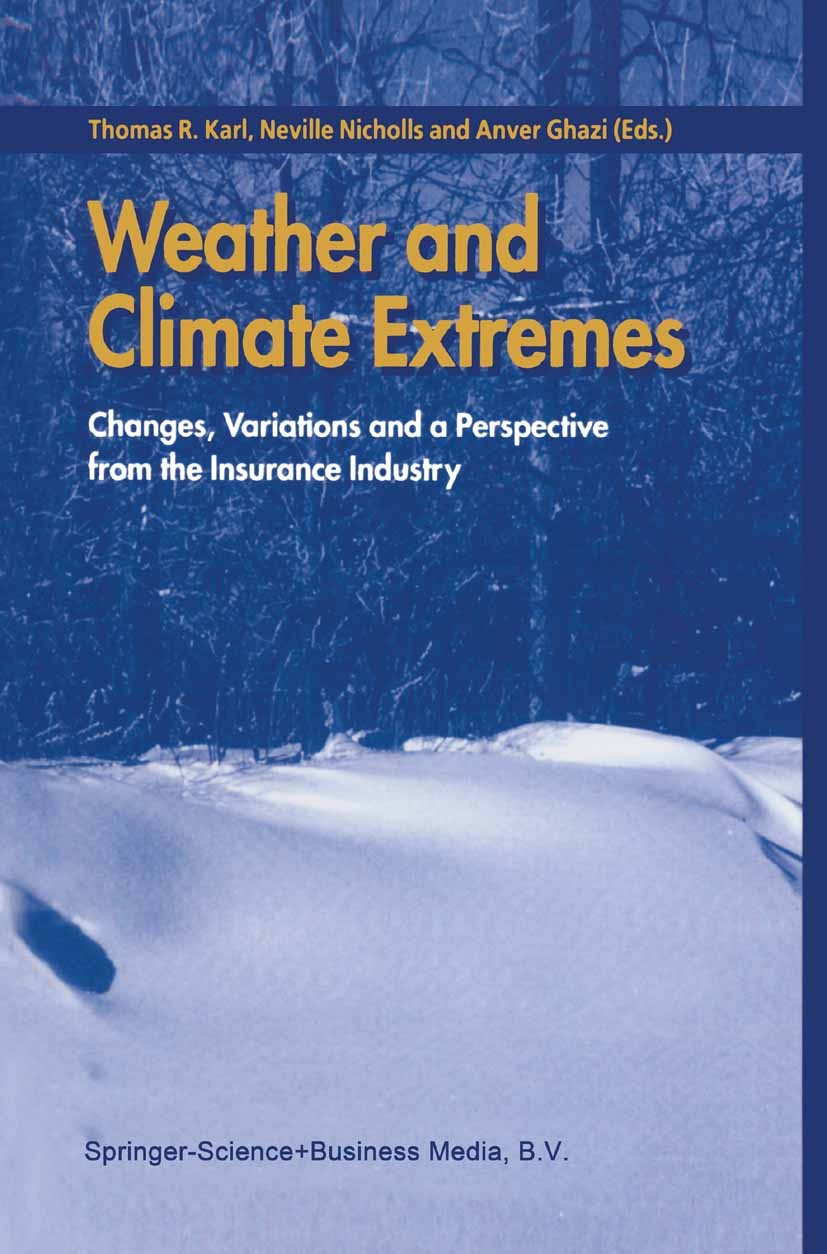近几十年来,气候驱动因素对复合干旱和极端温度事件的贡献有所增加
IF 6.9
1区 地球科学
Q1 METEOROLOGY & ATMOSPHERIC SCIENCES
引用次数: 0
摘要
复合极端气候对农作物的影响比个别事件更严重。了解复合极端事件的历史变化及其驱动因素对于管理气候风险和保护作物生存至关重要。采用混合生物物理-统计建模方法,研究了1900 - 2020年厄尔尼诺Niño南方涛动(ENSO)/印度洋偶极子(IOD)大尺度气候驱动因子与澳大利亚小麦带复合干旱和极端温度(DET)之间的关系。与西部相比,澳大利亚东部小麦带的DET对ENSO/IOD的响应更大。El Niño和IOD阳性期增强了DET,增加了高强度DET的概率,而La Niña和IOD阴性期则降低了DET的概率。在强El Niño期和正IOD期,高强度DET的概率在时间上有所增加。我们的研究结果强调需要评估复合事件对气候驱动因素的时空响应,以实现有效的早期预警和缓解。本文章由计算机程序翻译,如有差异,请以英文原文为准。
The contribution of climate drivers to compound drought and extreme temperature events increased in recent decades
Compound climate extremes severely impact crops more than individual events. Understanding historical changes in compound extreme events and their drivers is crucial for managing climate risks and protecting crop survival. Using a hybrid biophysical-statistical modeling approach, we investigated the connections between large-scale climate drivers of El Niño Southern Oscillation (ENSO)/Indian Ocean Dipole (IOD) and compound drought and extreme temperature (DET) across Australia's wheat belt from 1900 to 2020. DET in eastern Australia's wheat belt was more responsive to ENSO/IOD compared to the west. El Niño and positive IOD phases intensified DET and increased the probability of high-intensity DET, whereas La Niña and negative IOD reduced them. Probabilities of high-intensity DET have exhibited a temporal increase, during the strong El Niño phase and the positive IOD phase. Our findings highlight the need to assess the spatial-temporal response of compound events to climate drivers for effective early warning and mitigation.
求助全文
通过发布文献求助,成功后即可免费获取论文全文。
去求助
来源期刊

Weather and Climate Extremes
Earth and Planetary Sciences-Atmospheric Science
CiteScore
11.00
自引率
7.50%
发文量
102
审稿时长
33 weeks
期刊介绍:
Weather and Climate Extremes
Target Audience:
Academics
Decision makers
International development agencies
Non-governmental organizations (NGOs)
Civil society
Focus Areas:
Research in weather and climate extremes
Monitoring and early warning systems
Assessment of vulnerability and impacts
Developing and implementing intervention policies
Effective risk management and adaptation practices
Engagement of local communities in adopting coping strategies
Information and communication strategies tailored to local and regional needs and circumstances
 求助内容:
求助内容: 应助结果提醒方式:
应助结果提醒方式:


